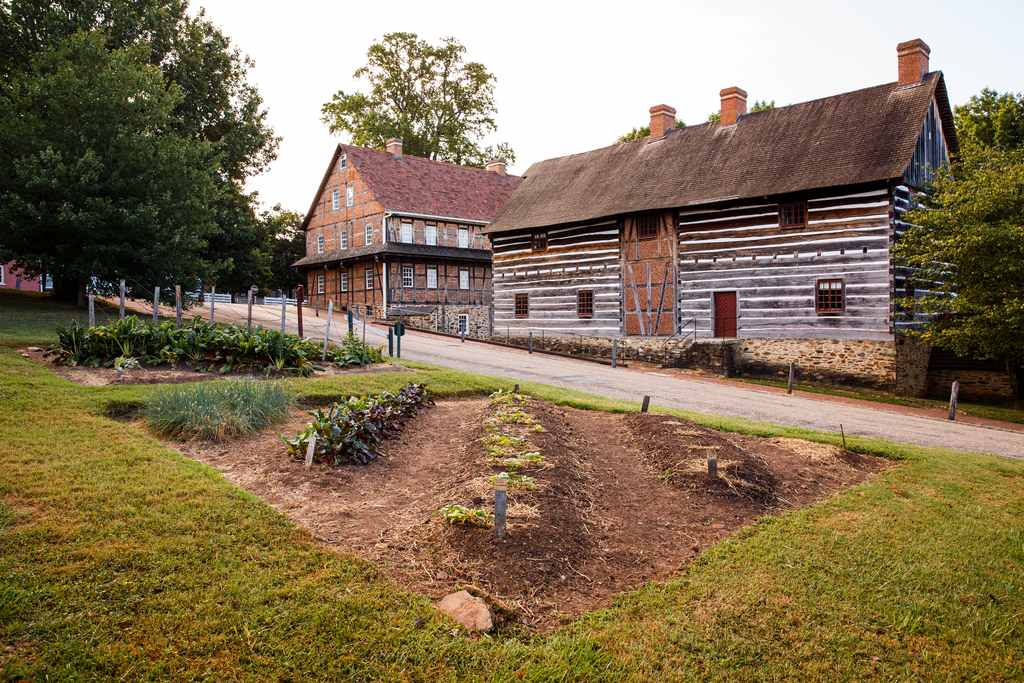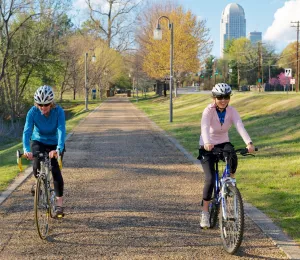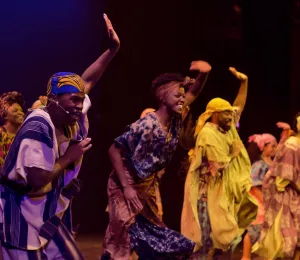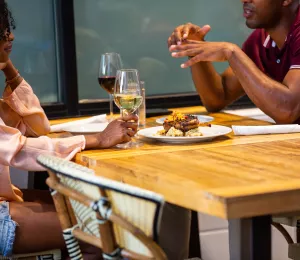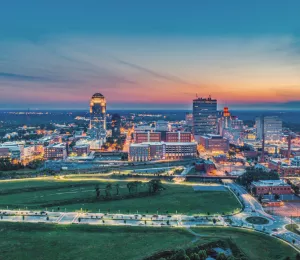Explore Winston-Salem’s Harvest Heritage at Old Salem
Old Salem Museums & Gardens is so rooted in history that the living history community has prioritized seed-saving for future generations.
“Seed preservation connects simultaneously with the past, present, and future," says Eric Jackson, director of horticulture at Old Salem Museums & Gardens. "Here at Old Salem, in our gardens and in the seed lab, we protect them, share them, and pass them on to future generations.”
Thanks to the record-keeping of Salem's early Moravian settlers, it's easy to visualize harvest time in the 18th century. Crisp leaves the color of ripe apricots and plump peaches would pepper the cobblestone streets of Salem, the central hub of trade, craft, and commerce for the surrounding Moravian farming communities. The scent from wood-burning stoves (and what’s cooking on them) filled the air and neatly-fenced yards, which also hosted a large, flourishing garden. Each autumn, residents would head to their respective rows for harvest time — winter squash, apples, and corn.
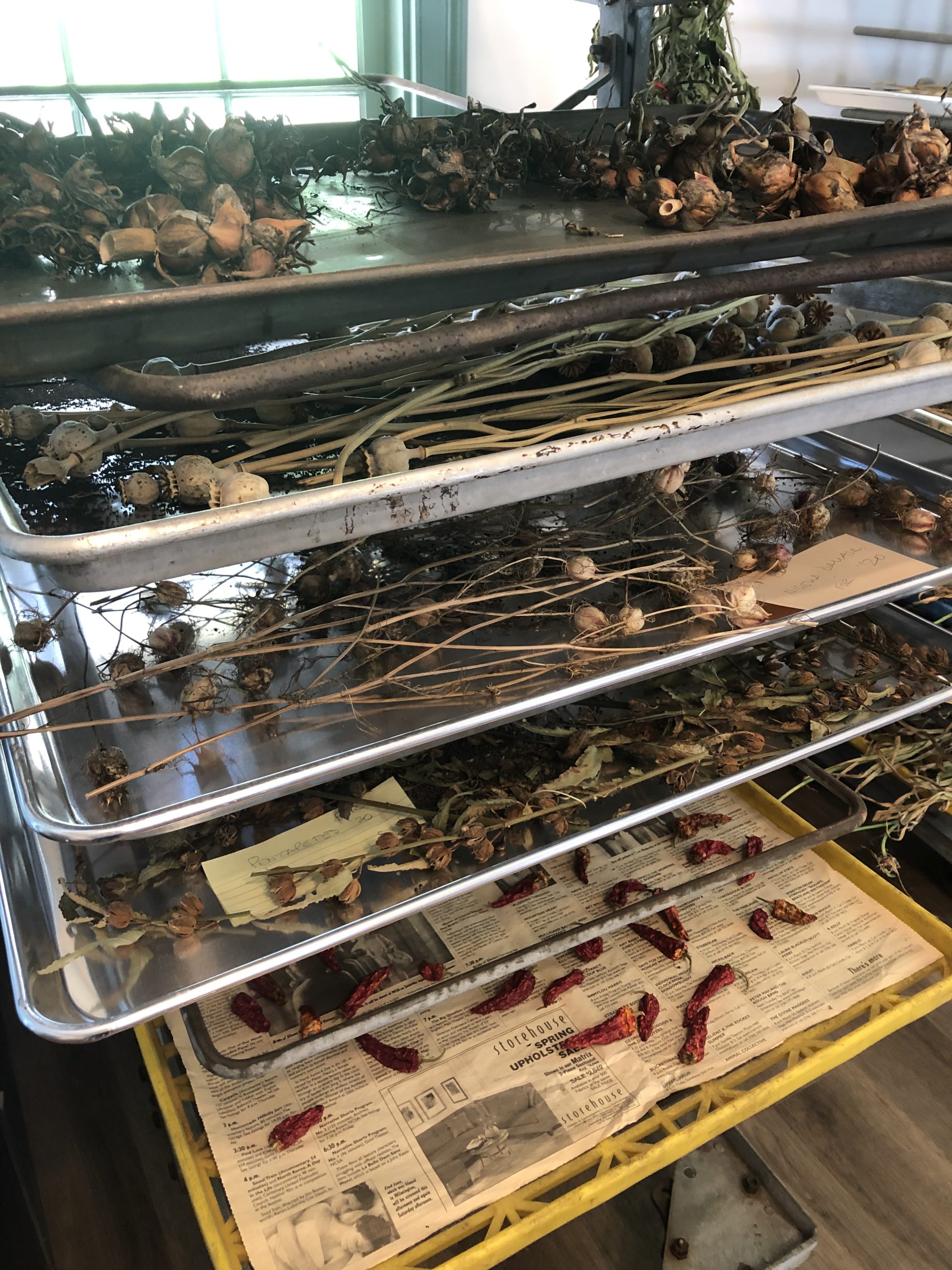
Luckily for all foodies, many of these heirloom crops are still reaped today thanks to our agrarian ancestors and the work of Old Salem's Seed-Saving Lab. Preserving the original seeds planted between 1766-1856 has become a priority at Old Salem as part of their Activate Main Street initiative. As a result, the seed-saving action has now become public-facing. The lab is now located on the second floor of the historic Herbst House, right on Main Street and directly next to Winkler Bakery.
“We’re currently stewarding 129 different species of flowers and herbs, and 37 species of annual food crops,” Jackson says. “Most of these are stored in glass jars in a refrigerator with a glass door or on shelves in the lab. Visitors often help us shell some seed pods of crops such as cowpeas or okra.”
The seeds are harvested from and sustain the Single Brothers’ Garden, an award-winning restoration, an homage to the original gardens guests can explore. The seeds have a voice too, as part of the Seeds with Stories initiative. Jackson showcases the histories of their Historic Plant Collection appealing to visitors through informative videos and in-person discussions. By putting the seeds on full display, Old Salem continues to help steward Winston-Salem’s unique cultural history and heritage heirlooms.
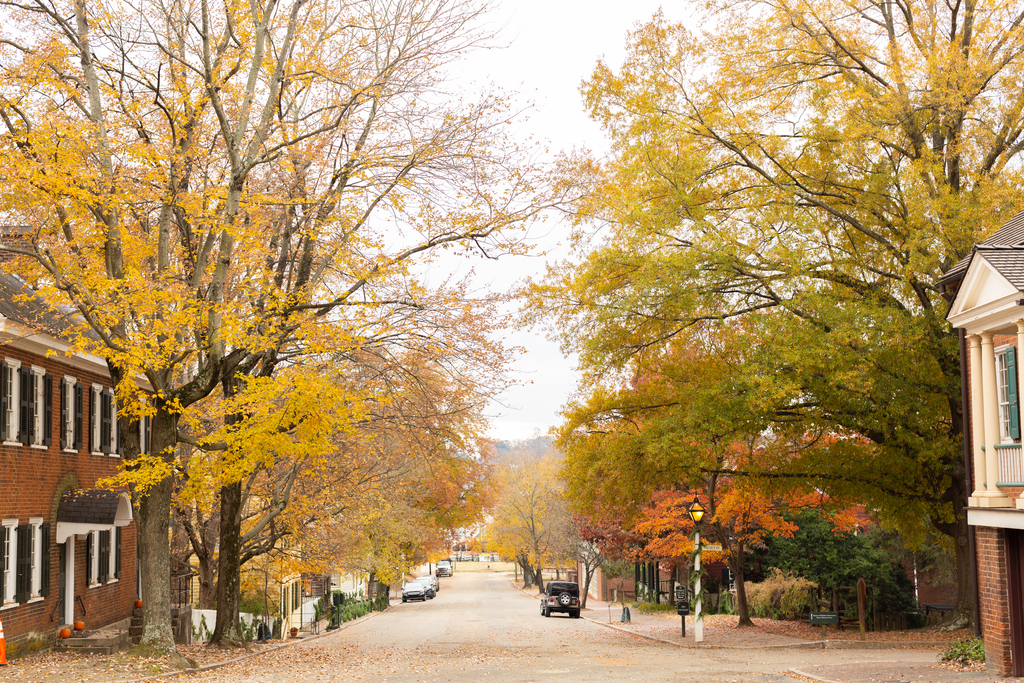
Photo by Brittany Butterworth Photography[/caption] “The crops in the seed lab include those grown by the Moravians of Salem, as well as the Native Americans whose land Salem is built on, and crops first sowed by enslaved Africans who lived or worked in Salem,” Jackson says. “The seeds in the lab continue to flourish and feed people today, as evidenced by our Victory Gardens." Since March 2020, Old Salem's Victory Gardens have donated more than 6,500 pounds of vegetables for Winston-Salem's area food banks. So today’s harvest is just like the fall harvest of the late 1700s, providing healthy sustenance for the now — and for the future.
When You Go: We recommend at least three hours to fully experience Old Salem Museums & Gardens. To see what experiences are open and when, or to see a full calendar of events, visit here. Overnight guests can fully immerse themselves in the experience with a stay at The Zevely Inn, a 12-bedroom inn in the heart of Old Salem built in 1844. Charmingly decorated, this bed and breakfast maintains the spirit, character, and ambiance of Old Salem’s Moravian founders.

